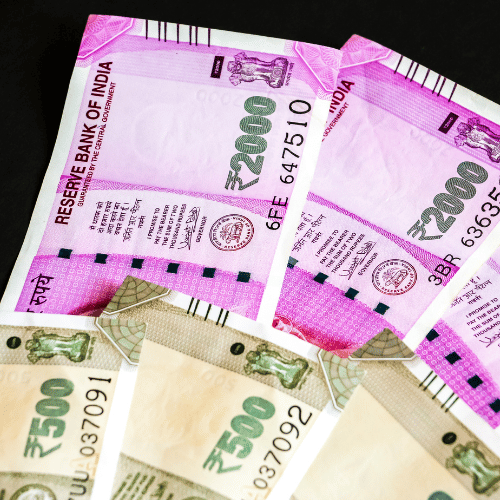According to a government notification, the Directorate General of Foreign Trade (DGFT) declared on Wednesday that the ban on the export of all varieties of sugar has been extended past October 31 due to the unfavourable monsoon season until further orders.
“This restriction is not applicable to sugar being exported to the EU and USA under CXL and TRQ quota as per prescribed procedure in the respective public notices,” the notification stated.
Last year, India, the second-largest sugar exporter in the world, put sugar in a restricted category that will last until October 31, 2023. This was done “to prevent uncontrolled export of sugar and with a view to ensure sufficient availability of sugar for domestic consumption at a reasonable price,” the food department stated.
After allowing mills to sell a record 11.1 million tonnes of sugar last season, India only permitted them to export 6.1 million tonnes of sugar during the current season, which ends on September 30.
According to weather department data, monsoon rainfall has been up to 50% below average so far this year in the key sugarcane growing regions of the western state of Maharashtra and the southern state of Karnataka, which together produce more than half of all the sugar produced in India.
According to the Indian Sugar Mills Association (ISMA), India’s sugar production in the 2023–24 season could drop 3.3% to 31.7 million tonnes.
India last put a 20% tariff on sugar exports in order to reduce abroad sales in 2016.
Additionally, India, the leading exporter of rice in the world, may increase its export tax on parboiled rice in order to rein in local prices before important elections, which would keep the market tight and increase the danger of rising global food inflation.
According to persons with knowledge of the situation who wanted to remain anonymous since the negotiations are private, the administration is thinking about extending a 20% export duty that was set to expire on October 15. According to them, there are no plans to increase the tax to 40% as certain market participants have suggested.
In the past, Senior officials have stated that the government is considering placing a 25% levy on exports of molasses, a by-product of sugarcane and a crucial component in the production of ethanol. This is because the administration anticipates a reduction in sugar production in the following season.
According to an officer who spoke on the condition of anonymity, the export restrictions should increase the amount of molasses available to domestic distilleries, enabling them to reach the government’s objective for ethanol blending.















